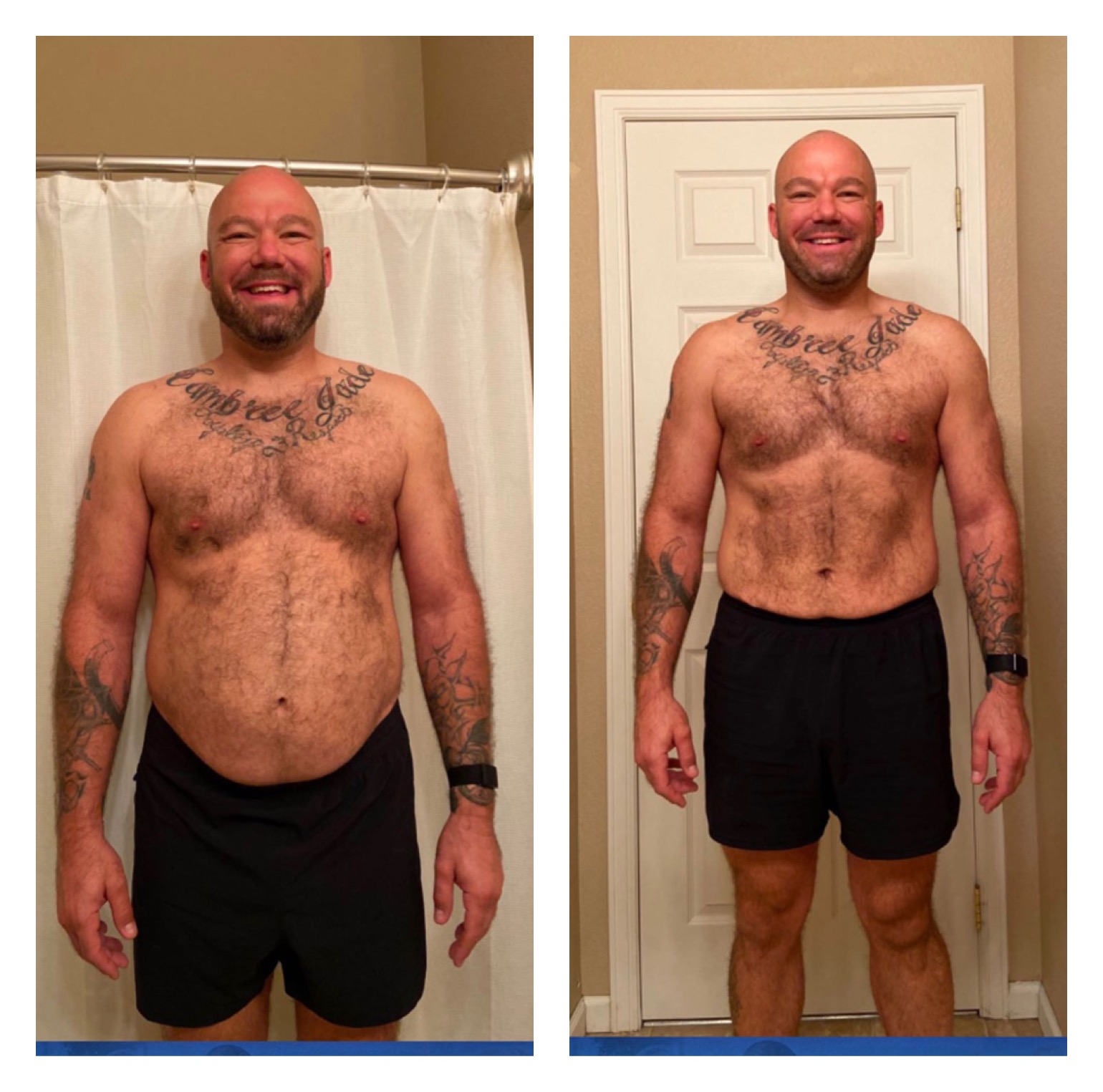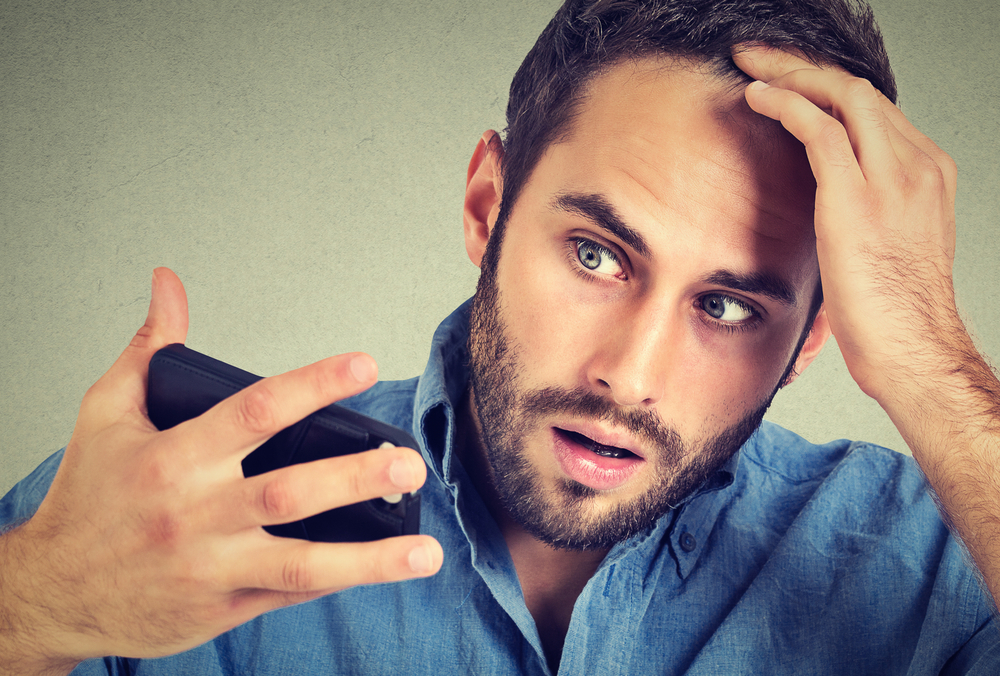Table Of Content
- Does testosterone cause hair loss in females?
- © 2024 Harvard Health Publishing® of The President and Fellows of Harvard College
- What are the side effects of testosterone replacement therapy?
- Scalp infections
- Clinical Data on the Relationship between Hair Loss and Testosterone Levels
- Role of dihydrotestosterone (DHT) in hair loss
- Medical Professionals

Enclomiphene works by “tricking” your brain into boosting its natural testosterone production, resulting in higher levels of the hormone in your bloodstream. However, these are the traditional “reference ranges” for total testosterone levels at different age brackets. According to the latest clinical data, men are supposed to have total testosterone levels in the 300 – 1,200 ng / dl range (or nanograms per deciliter).
Does testosterone cause hair loss in females?
The body requires testosterone to develop the penis and testicles, so low testosterone levels could contribute to a disproportionately smaller penis or testicles. Other conditions and circumstances can cause a smaller penis and testicles, as well. Both testosterone levels and cognitive functions, particularly memory, decline with age.
© 2024 Harvard Health Publishing® of The President and Fellows of Harvard College
Studies show that low testosterone levels in males have an association with type 2 diabetes, the most common form of diabetes. Testosterone production generally begins to decrease after the age of 30 and after menopause. Authors of an older study from 2012 found that testosterone implants supported hair regrowth in some women receiving treatment for symptoms of sex hormone deficiency.
What are the side effects of testosterone replacement therapy?
Gynecomastia can occur when there is an imbalance of testosterone and estrogen in the body. However, research is inconclusive on whether testosterone replacement therapy can successfully treat erectile dysfunction. A 2016 review of studies looked at this therapy in males with erection difficulties and nearly half showed no improvement. Males may experience low testosterone as they get older or due to some health conditions. Symptoms can be subtle, but treatment may help if the symptoms affect your lifestyle. For many men, one of the most frustrating signs of aging has to be hair loss.

How Does Testosterone Affect Hair Loss in Males?
During testosterone production, an enzyme known as 5-alpha reductase will convert some of your testosterone into dihydrotestosterone (DHT). Usually, the DHT hormone is responsible for developing the prostate, skin, and hair during puberty and will continue to help regulate those functions even after men reach adulthood. DHT especially affects the hair, as it binds itself specifically to the hair follicles themselves to develop hair growth. However, because of its impact on the hair follicles, DHT can actually become both a blessing and a curse, depending on the circumstances. Unfortunately for men, hair loss is much more common in males rather than females. This is one of the reasons that the idea that testosterone and hair loss are connected first came about.
Scalp infections
Instead, free testosterone can travel around the body for absorption by different cells, helping with various functions, such as building muscle mass. Some forms of testosterone are bound to specific kinds of proteins, such as albumin in the blood or sex hormone-binding globulin. Dihydrotestosterone is created when testosterone binds to the 5-alpha reductase enzyme and is used in the skin, hair follicles, and prostate. During puberty for patients assigned male at birth, when hormone levels shift, DHT contributes to changes, such as lowering the voice, body hair growth, increased production of sperm, and testicle growth.
Clinical Data on the Relationship between Hair Loss and Testosterone Levels
Some people may experience a decline in sex drive as they get older, but those with low testosterone will likely experience a more drastic drop. According to the American Urological Association, about 40% of males ages 45 and older have low testosterone. It’s crucial to discuss testosterone supplementation with a knowledgeable doctor. They can provide personalized advice, regularly monitor hormone levels, and ensure that any supplementation is done safely and effectively.
Role of dihydrotestosterone (DHT) in hair loss
Another treatment option available at Dr. Green’s dermatology office to promote new hair growth is Microneedling with PRP injections to improve circulation to the scalp and thicken hair follicles. Androgenetic alopecia is a type of hair loss that occurs when an increase in androgen hormones leads to increased levels of dihydrotestosterone (DHT), which binds to hair follicles and weakens them. As the hair follicles become weaker, the hair begins to thin, leading to a receding hairline and balding at the crown of the head. Any type of hair loss is distressing, but with androgenetic alopecia, the underlying cause of hair loss is genetic, meaning that it cannot be entirely prevented. That said, the signs of hair loss can be slowed and reversed with several treatment options available at Dr. Michele Green’s dermatology office. Oral treatments, such as Minoxidil and PRP injections, can help to strengthen the hair follicle and prolong the growth phase, resulting in thicker, longer hair.
Medical Professionals
Some evidence suggests that using testosterone can help treat sexual dysfunction, such as hypoactive sexual desire disorder (HSDD), which is marked by distress from a reduced interest in sex. According to a 2020 guide and review of research, some studies suggest that adding testosterone to estrogen replacement therapy can improve sexual function and overall well-being in postmenopausal people. Before menopause, females produce three times as much testosterone as estrogen (although this is still much lower than males). In particular, the systematic review notes that nicotine narrows blood vessels, which lowers the amount of blood flow to the scalp. Moreover, nicotine also causes inflammation of the hair follicle and makes neurotransmitter receptors less sensitive. Keep an eye out for thinning of hair in other areas of the body as well — needing to shave your legs or armpits less frequently, for example.
Treatment is largely focused on the treatment of symptoms, not the specific testosterone level. It stimulates the development of male characteristics and is essential for sperm production (spermatogenesis). Levels of testosterone are naturally much higher in people assigned AMAB than in people assigned female at birth (AFAB). Low testosterone (male hypogonadism) is a condition in which your testicles don’t produce enough testosterone.
Many well-respected medical societies and healthcare experts advise against treating low testosterone in women unless specific criteria are met. Erectile dysfunction (ED) is not commonly caused by low testosterone production. In cases where ED accompanies lower testosterone production, hormone replacement therapy may help your ED.
If you’re experiencing hair loss as a result of low testosterone, then it may be due to a sensitivity to DHT. To figure out how your body responds to DHT, you will need to discuss your hair loss with your doctor. Your physician can study your medical records, ask about your family’s medical history, and check your testosterone levels to determine if you’re DHT sensitive. Once they confirm that you have a DHT sensitivity, your physician can offer several treatment options to help manage your hair loss. Certain DHT blockers can enter the body and bind to the 5-alpha reductase enzyme before it can interact with any testosterone, thus, effectively preventing dihydrotestosterone from developing. Other types of DHT blockers are designed to increase blood circulation to the hair follicles and stimulate hair growth.
Low Energy In Men: What Causes It and What to Do About It - The Edge
Low Energy In Men: What Causes It and What to Do About It.
Posted: Fri, 09 Feb 2024 08:00:00 GMT [source]
Chemotherapy or radiation treatments for certain cancers can also cause men to lose their hair. As men age, their hair follicles will eventually begin to weaken and break, causing a slow yet gradual process of hair loss. Of course, the sudden change in their hair quality can have an adverse effect on their overall appearance and how men view themselves, which can eventually lead to depression. For most men who experience hair loss, the process can feel frustrating and lonely.
The latest clinical data shows a complex relationship between hair loss and testosterone levels. In this section, we will explore the relationship between hair loss and testosterone levels, based on clinical data. One of them is that men with MPB are more virile and have higher levels of testosterone. Men with MPB may actually have lower circulating levels of testosterone but higher levels of the enzyme that converts testosterone to DHT. Alternately, you may simply have genes that give you hair follicles that are highly sensitive to testosterone or DHT. If you have signs and symptoms of low testosterone, a healthcare provider will perform a physical exam.
As a result, doctors have speculated that lower testosterone levels could contribute to affected memory. While there is a genetic component to balding, males with low testosterone may experience a loss of body and facial hair, too. Key Takeaways Testosterone replacement therapy (TRT) is a medical treatment that utilizes doses of testosterone to increase testosterone levels in men with low testosterone. However, TRT doses may vary depending on each case and are usually primarily based on the... This type of alopecia is a result of various changes in the hair’s growth cycle. During this time, many hair strands enter the resting phase simultaneously and also cause the hair to shed, eventually leading to temporary hair thinning over the scalp.

No comments:
Post a Comment